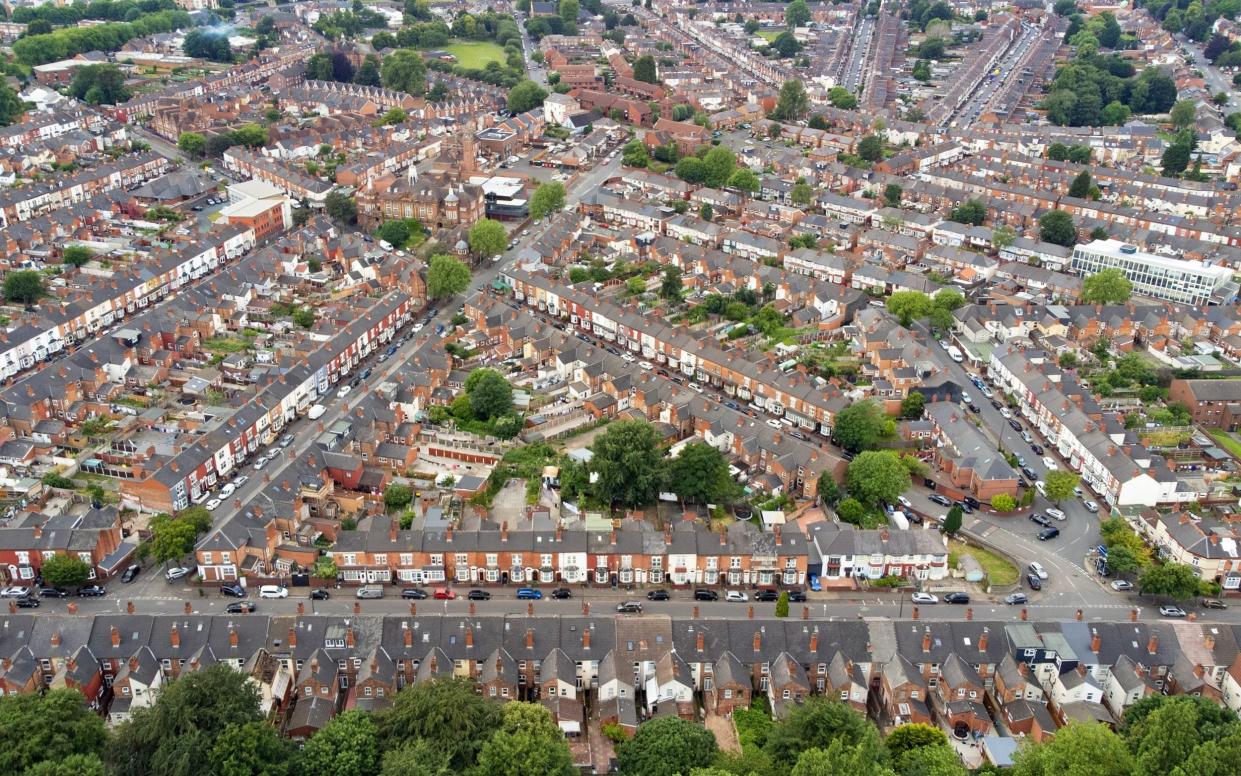Eighteen Birmingham-sized cities needed for housing ‘if net record migration lasted 25 years’

Record net migration would require building enough new homes to fill 18 Birmingham-sized cities within the next 25 years, according to an analysis by a think-tank.
Migration Watch forecast Britain’s population would rise to between 83 million and 87 million by 2046 if net migration continued at the present record level of 606,000 a year.
This would represent an increase of more than 15 million in Britain’s population, requiring between six and eight million more homes to be built, claimed the analysis. That would be equivalent to between 15 and 18 cities the size of Birmingham, which in 2021 had 423,500 households
This would require housebuilding far higher than the Government’s target of 300,000 homes a year. In 2022, for example, the analysis suggested England needed to build 461,000 homes in 2022 to cope with demand that has been hugely boosted by high immigration.
Yet the annual increase in the dwelling stock in England has averaged only 180,000 per year over the past decade, while the number of homes added in 2022 was just 235,000.
‘This means higher prices’
“High immigration has worsened the UK’s housing crisis by injecting significant additional demand when there is already insufficient available accommodation. This means higher prices,” said Migration Watch. “Government analysis suggests that high immigration since the late 1990s helped to drive up house prices by a fifth.”
The think-tank is launching a campaign demanding the Government sets out a target of reducing immigration to 100,000 a year, backed by a petition which has so far garnered nearly 34,000 signatures. Boris Johnson abandoned Theresa May’s target of bringing migration below 100,000.
Alp Mehmet, chair of Migration Watch, said: “The impact of runaway mass immigration is huge, and housing is just one aspect of our lives that is adversely affected. But if net migration were reduced to 100,000 per year or less, the housing shortage would be no more; the pressure would lift at a stroke.
Better prospects for young
“Young people would have better prospects of getting onto the housing ladder. And more of our beautiful countryside would be saved for future generations.”
Net migration hit a record high of 606,000 in 2022, according to the Office for National Statistics (ONS).
The surge has been fuelled by more than 1.2 million migrants, primarily from outside the EU, being granted visas to enter the UK to study, work or escape conflict or oppression. The ONS estimated that 557,000 people emigrated.
Rishi Sunak has pledged to bring down inflation but has refused to set a target or timescale.
To bring down net migration, ministers announced a bar on masters students bringing dependants and curbs on students switching to work visas before completing their courses.
However, some experts forecast that net migration will fall as the “bulge” of students return home and demand for the Ukraine and Hong Kong humanitarian visa schemes tails off.
Ministers have predicted net migration will return to pre-pandemic levels of between 200,000 and 300,000 in the medium term, defined by the Home Office as 18 months to five years.

 Yahoo News
Yahoo News 
